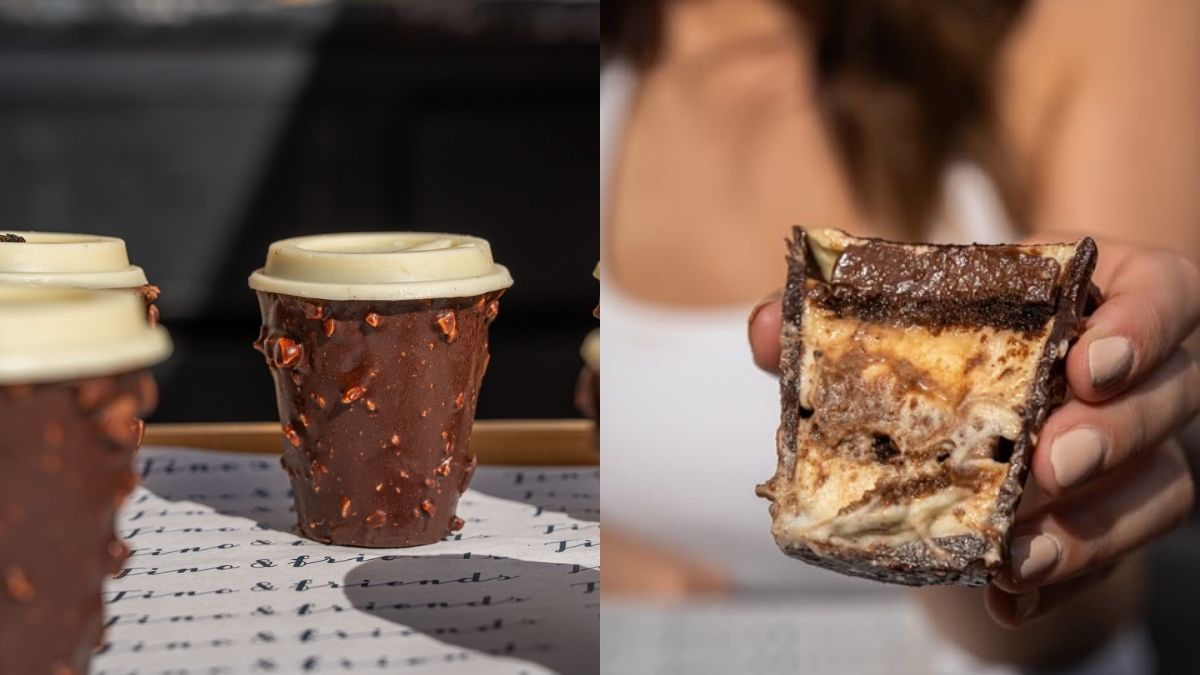It’s festive season, with festivals like Diwali, Christmas, and more ringing in. These festivals bring in loads of happiness, sweets, dishes, excitement, and more. But what they also bring in is food adulteration in the market. The market gets flooded with fake or adulterated food items, which makes it difficult for any consumer to distinguish between original and fake. Well, do not worry; we have your back with some expert tips from Mr. Manoj Kochar, President of ASPA.
Identify Fake And Original Food Products
1. Check Packaging

Make sure the product’s package is intact before opening it. Well-made, branded goods are packaged securely and with care. It’s fake if there are indications that the box, plastic sleeve, tamper-evident label, or fragile packaging has been tampered with. Products that are branded don’t have smeared labels, misspelt words, tampered with or overwritten expiration dates, etc.
2. Digital Check

Numerous brands use authentication technologies on their product packaging. They may have employed physical solutions, like holograms, or digital ones, such as Phygital features that rely on QR codes (Phygital = Physical + Digital). To quickly determine if a product is original, all you have to do is search for the visual security feature, scan a QR code, or go online.
3. Check Authorisation

Make sure the website or store you are purchasing from is legitimate when you shop online or offline. During the holiday season, brands make discounts and deals, but thieves may be tricking individuals with offers and discounts that seem too good to be true or incredibly alluring. These are typical strategies employed by cons to entice victims.
4. Get A Bill

Get a bill whenever you make a purchase. In order to avoid GST or other applicable taxes, the shopkeeper might not provide you with a bill or invoice; in this case, he might tell you that you can pay less. However, they can be trying to sell you a phoney item. In an attempt to save a few rupees, you can purchase something dangerous.
Also Read: Man Cooks 30 Recipes For 30 Days Using Words From Inktober Prompt List & Our Minds Are Blown
Make Sure You Report Such Acts

The majority of consumers who pay for the product believe it to be authentic; however, it’s actually a knockoff or imitation of a branded item. The Authentication Solutions Providers’ Association (ASPA) recently released a survey revealing that almost 25 to 30 per cent of products in India are fake or counterfeit in various categories.
The real figures might very well be higher, and a surge in these figures during the holidays is to be expected. Additionally, the study showed that about 27% of consumers are ignorant that the item is fake. While these fake products can occasionally be easily recognized, most of the time they are so similar that even a skilled eye can fall for them. So make sure you consider the above tips.
If you buy fake goods, it’s not the end of the story. If you discover later on that the product you purchased was fake, don’t feel pressured to continue using it. Report the fake product to the appropriate authorities, the brand, the retailer, or the website.
What are your views?
Cover Image Courtesy: Canva
For more such snackable content, interesting discoveries and latest updates on food, travel and experiences in your city, download the Curly Tales App. Download HERE.
Good news! We are on WhatsApp! Subscribe to Curly Tales WhatsApp Channel to stay up-to-date with exclusive content and BTS. Join HERE.




